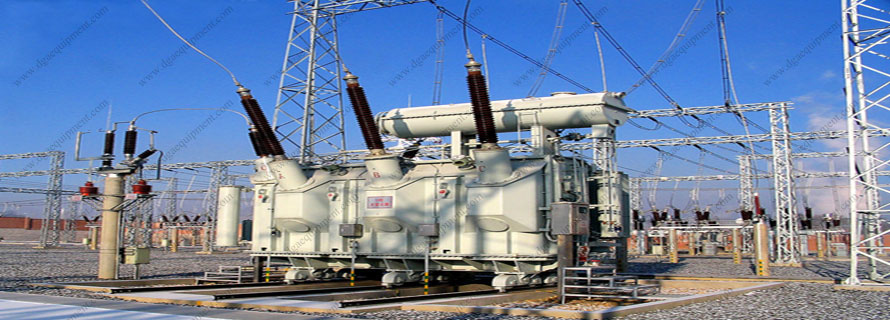ASTM D4858 Method for Determination of the Tendency of Lubricants
ASTM D4858 Standard Test Method for Determination of the Tendency of Lubricants to Promote Preignition in Two-Stroke-Cycle Gasoline Engines
9. Procedure
9.1 Assembly of the Engine:
9.1.1 Initial Build - Use a new piston, rings, cylinder, and cylinder base and head gaskets (see Annex A3). The cylinder head is fitted with a thermocouple (see 6.3.1.1), and the compression ratio shall be checked as indicated in A3.6 through A3.8 after the thermocouple has been mounted, and corrected if necessary. This is done if possible by interchange of parts, but if necessary by modification as described in A3.9.
9.1.2 Rebuild After Test - It is not necessary to use new parts other than gaskets, a new piston and rings assembly and a new muffler, provided that all parts are clean and within specification with no sign of damage.
9.2 Expected Life - The cylinder will usually require replacement after 100 to 150 running hours. After about 1000 to 1500 running hours the entire engine will normally require replacement or a complete rebuild.
10. Operating Instructions
10.1 Fuel Temperature and Pressure - The temperature of the fuel entering the carburetor shall not exceed 25°C (77°F), which may require cooling in hot climates, and fuel delivery pressure shall be maintained at 19 to 21 mPa (2.7 to 3.0 lb/in.3) for all test operation.
10.2 Break-In - Before each test the engine shall be broken in for 2 h as specified in Table 1, using a 20:1 (5 % oil) by volume mixture of test gasoline and the (non-reference) or reference oil that is to be used in the test. After break-in the piston and cylinder shall be removed and examined. If there is any sign of piston scuff, ring sticking, or other malfunction the parts involved shall be replaced and the break-in repeated.
10.3 Test Procedure:
10.3.1 Conditioning Run - Following the break in, run the engine under the conditions of Table 2.
10.3.2 Warmup - When restarting after any shutdown run an 8 min warmup under the conditions of Table 3. This time is not counted toward the total test time.
10.3.3 Test - As soon as the warmup is completed, run the test for the time specified under the conditions of Table 4. The combustion chamber temperature shall be recorded continuously, the interval between successive readings not exceeding 2 s. This, together with the fuel pressure, fuel flow rate, and intake air temperature shall be logged every 30 min. The barometric pressure and the relative humidity in the test cell shall be recorded at least every 2 h. Set the automatic shut-down or alarm in accordance with 6.3.1.2, taking care to compensate for any gradual change in the temperature level that may occur. The exhaust temperature, while not a test parameter, shall be monitored as any change from the normal level for the installation and conditions of more than about 20°C (36°F) that cannot be accounted for by a known change in the ambient conditions requires investigation. Such a change may indicate either a change in the air supply to the cell or an obstruction of the exhaust.
10.3.4 Major Preignition - If at any time the cylinder head thermocouple temperature rises rapidly by 10°C (18°F) or more above its stable temperature at 4000 r/min at WOT, a major preignition is assumed and the engine stopped immediately. Log the occurrence to the nearest 0.1 h. Usually the spark plug temperature increases and the torque decreases during a major preignition.
10.3.5 Inspection and Restart after Major Preignition - Do not remove the spark plug immediately. Remove the exhaust assembly and the cylinder head. Inspect the cylinder bore. If there is no mechanical damage, clean the deposits from the combustion chamber and replace the cylinder head using a new gasket and spark plug. Label the plug with total running hours, hours on the plug and reason for removal. If scuff or seizure is visible, remove the cylinder also and inspect the piston. If necessary, fit a new piston and cylinder and break in accordance with 10.2 before continuing the test.
10.3.6 Minor Preignition - If a rapid temperature rise of less than 10°C (18°F) and more than 7°C (13°F) is noted on the recorder, log this as a minor preignition, with the total engine hours and the hours since the last plug change to the nearest 0.1 h, the combustion chamber and cylinder head temperature increases, and the accompanying torque reduction. Do not stop the engine.
10.3.7 Other Spark Plug Malfunction - If the engine slows by more than 100 r/min and does not return to its previous speed within a further 2 min, with a reduction of combustion chamber temperature, remove and replace the plug. Note the time as in 10.3.6, and whether the plug is whiskered (bridged) or fouled. If it is found that the problem is not related to the spark plug, replace the plug in use at the time of the failure when restarting after repairs are complete. If the plug is removed label it as in 10.3.5.
10.3.8 Exhaust System Plugging - If at any time the torque falls to 90 % of its initial steady value, remove any exhaust port deposits and replace the exhaust system with a clean unit. If this does not restore the power, investigate and repair as appropriate. Any such event shall be recorded as called for in 10.3.6.



